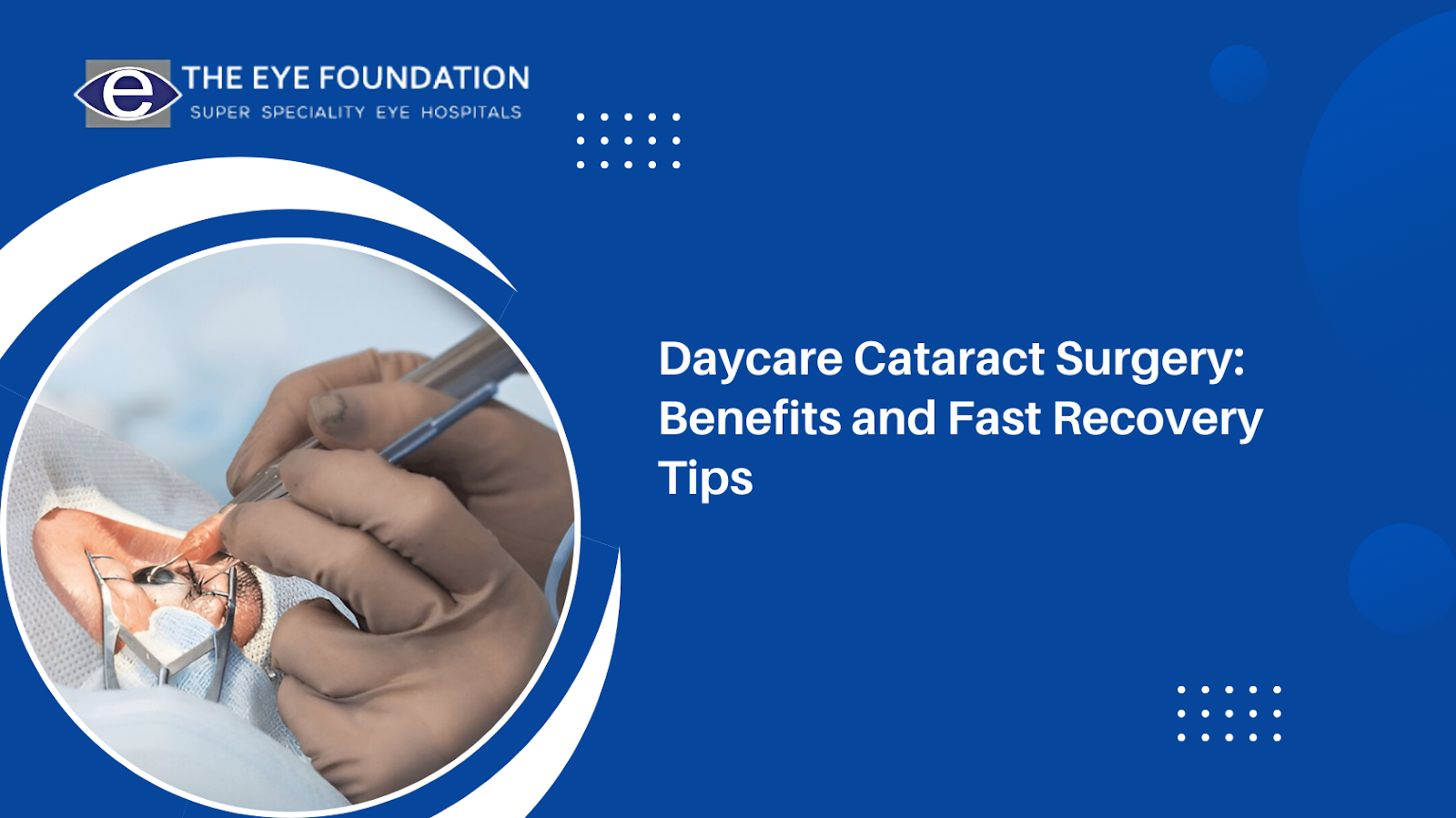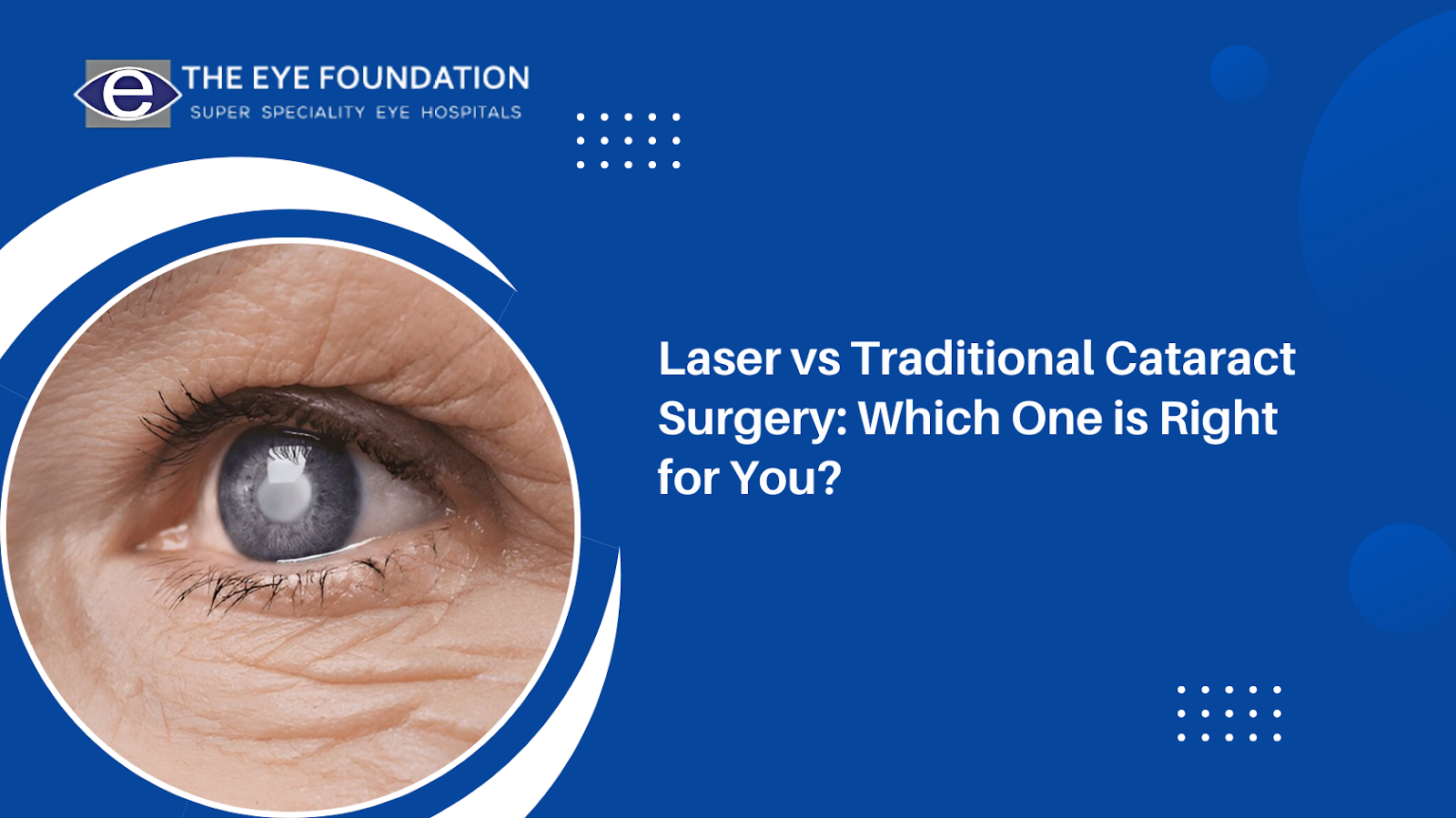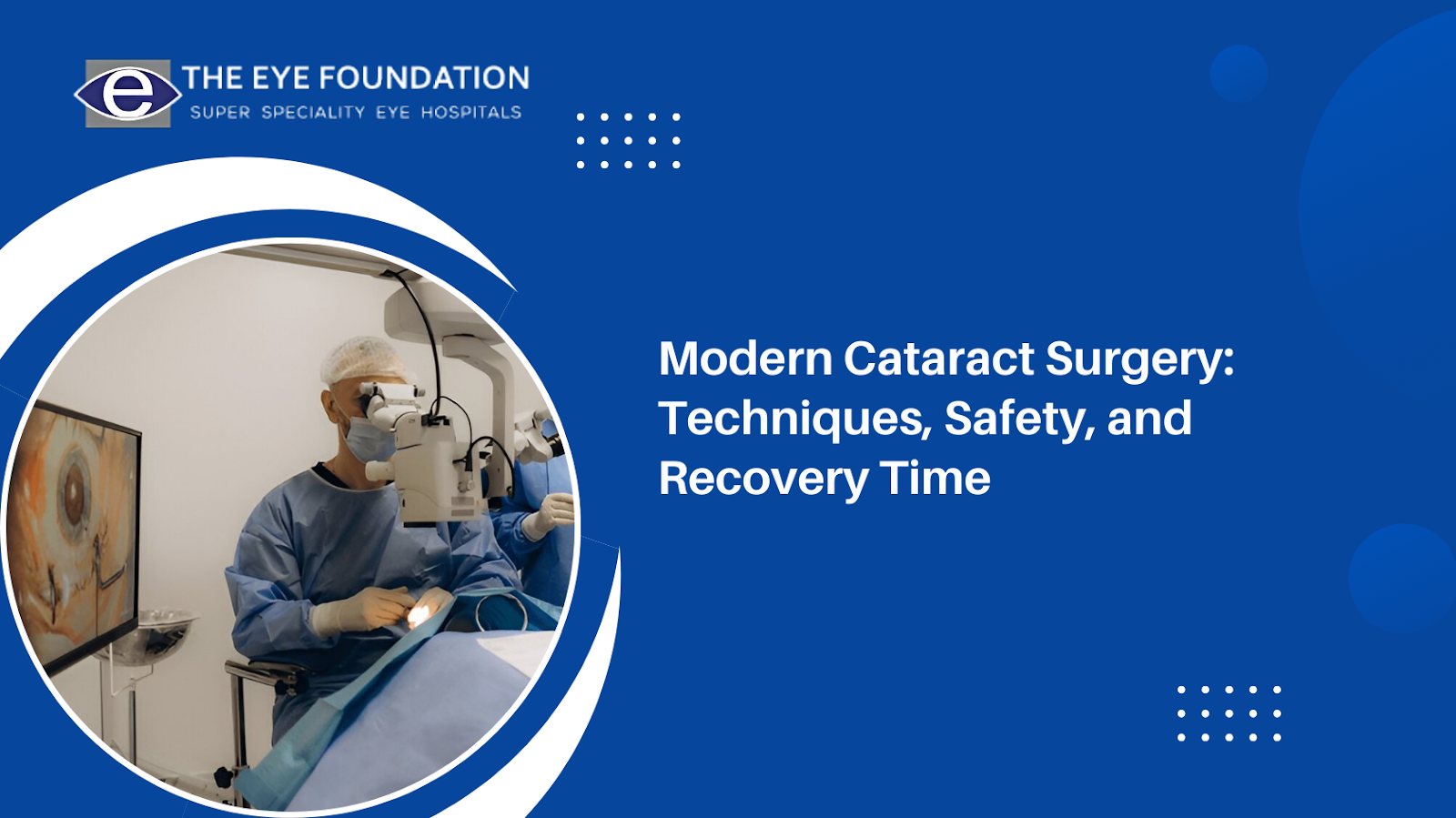The retina and the vitreous are two important structures that contribute to vision. The vitreous is a transparent, gel-like substance that fills the space between the lens and the retina. The retina is the light-sensitive tissue that covers the back of the eye. Any disease that affects the activity of the retina and the vitreous is termed a vitreoretinal disease.
These diseases can range from benign to sight-threatening conditions, such as diabetic retinopathy, retinal detachment, age-related macular degeneration (AMD) and macular holes. Familiarity with their causes, symptoms, and treatments will help to preserve one's vision and the quality of life.
Common Vitreoretinal Diseases
Some of the most prevalent vitreoretinal disorders include:
- Diabetic Retinopathy: A complication of diabetes, diabetic retinopathy occurs due to damage to the retinal blood vessels by prolonged high blood sugar levels.
- Retinal Detachment: A serious eye injury that occurs when the retina peels away from the layer of support tissue beneath it.
- Macular Hole:A small hole in the macula that may cause blurred and distorted central vision.
- Macular Degeneration (AMD): Usually an age-related condition, it is associated with the central line of vision and is one of the leading causes of vision loss for older adults.
- Vitreomacular Traction (VMT):Happens when vitreous gel has too strong adhesion to the retina and pulls upon it.
- Retinal Vein Occlusion (RVO): A blockage of the veins that carry blood away from the retina, which can cause swelling and loss of vision.
Causes of Vitreoretinal Diseases
Vitreoretinal disorders can result from multiple risk factors and conditions:
- Aging – The vitreous gel naturally shrinks and causes changes with age, which may lead to either detachment or traction issues.
- Diabetes – High glucose levels causes damage to the small blood vessels of the retina.
- Hypertension – Hypertensive states can also encourage retinal vascular disease.
- Eye Injuries – Eye injury trauma can damage the retina directly or may lead to degenerative changes in the longer-term.
- Family History – Patients with a family history are likely to be at risk for retinal diseases such as AMD.
- Lifestyle Factors – Smoking, diet, and lack of consistent eye visits can increase risk.
Symptoms to Watch Out For
Most vitreoretinal diseases begin silently and may not show symptoms in the early stages. As the condition progresses, one may experience:
- Sudden or gradual vision loss
- Distorted or wavy vision (metamorphopsia)
- Floaters or flashes of light
- A shadow or curtain over part of your visual field
- Difficulty reading or seeing fine details
- Central vision blurriness or blind spots
Timely recognition of these symptoms and prompt treatment are critical to preventing irreversible damage.
Advanced Treatment Options
With advancements in ophthalmology, there are now several treatment options available to manage and often reverse damage caused by vitreoretinal conditions:
1. Anti-VEGF Injections
With advancement in all areas of ophthalmology treatment options that can be used to treat and even sometimes reverse damage caused by vitreoretinal disease and its associated conditions continue to expand:
2. Laser Photocoagulation
Anti-VEGF medications are used to improve vision in macular degeneration and diabetic retinopathy by reducing fluid leaking from blood vessels and decreasing abnormal blood vessel development.
3. Vitrectomy Surgery
Vitrectomy surgery is a minimally-invasive surgical procedure that involves the removal of the vitreous gel and filling it with a clear solution. It is used for treatment of macular holes, retinal detachments, and vitreomacular traction.
4. Retinal Detachment Repair
The type of retinal detachment and severity of the detachment determine if scleral buckling, pneumatic retinopexy, or vitrectomy will be used to repair it.
5. Intravitreal Steroid Implants
Intravitreal Steroid implants are indicated if there is significant inflammation or unwanted macular edema, especially if anti-VEGF is ineffective.
The Role of Modern Lifestyle in Eye Health
Today’s digital age has also introduced a new visual challenge: Computer Vision Syndrome (CVS). Though not a vitreoretinal disease itself, CVS can aggravate symptoms of retinal stress and fatigue and mimic certain signs like:
- Eye strain
- Blurred vision
- Dry eyes
- Headaches
- Neck and shoulder pain
People who already have retinal conditions are more susceptible to digital eye strain. Prolonged exposure to screens without proper breaks or ergonomics can lead to compounding issues.
Tips to Minimize Computer Vision Syndrome:
- Follow the 20-20-20 rule: Every 20 minutes, look at something 20 feet away for at least 20 seconds.
- Adjust screen brightness and contrast to match ambient lighting.
- Use artificial tears to maintain eye moisture.
- Maintain proper posture and screen height.
- Consider blue light filters or screen protectors.
While CVS is manageable with lifestyle adjustments, if symptoms persist, it could indicate a deeper retinal issue that needs medical attention.
Bullet Point Summary: Key Takeaways
- Vitreoretinal diseases affect the retina and vitreous and can lead to serious vision loss.
- Common causes include aging, diabetes, hypertension, trauma, and genetic predisposition.
- Symptoms such as floaters, flashes, distorted vision, or dark spots must never be ignored.
- Treatment options include anti-VEGF injections, vitrectomy, and laser surgery.
- Computer Vision Syndrome is a modern risk factor contributing to retinal stress.
- Preventive care and regular eye screenings are crucial for early detection and treatment.
Vision is one of the most important senses, and when it comes to vitreoretinal diseases, diagnosing and treating them early can mean the difference between sight or blindness. If you are having any symptoms of vision loss, discomfort, or simply spend hours in front of a screen, don't hesitate.
The Eye Foundation specializes in diagnosing and treating complex retinal diseases utilizing world-class technology and compassionate care.
Your vision deserves expert attention.
Schedule an appointment with our retina specialists today, and take the first steps in preserving your sight.






